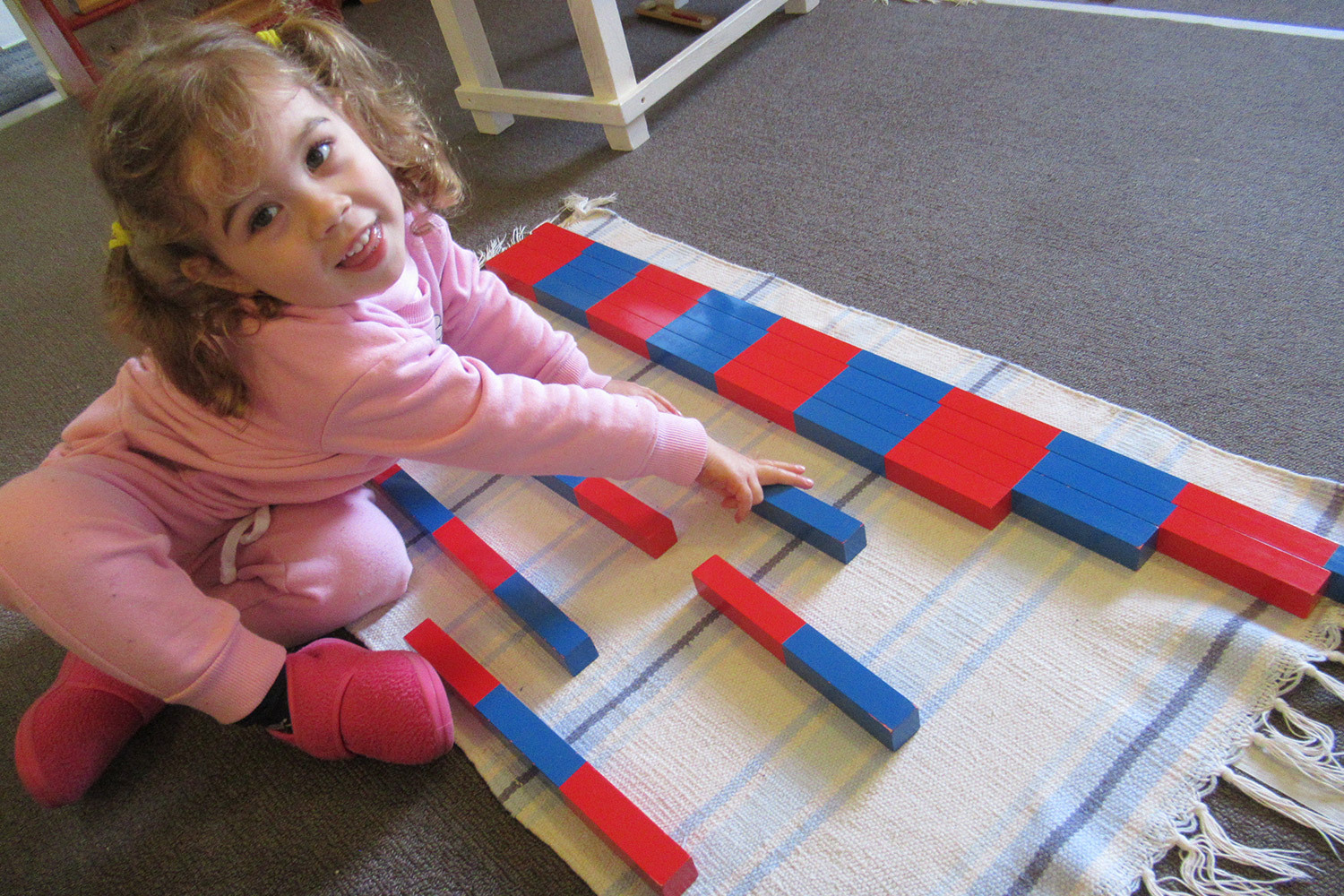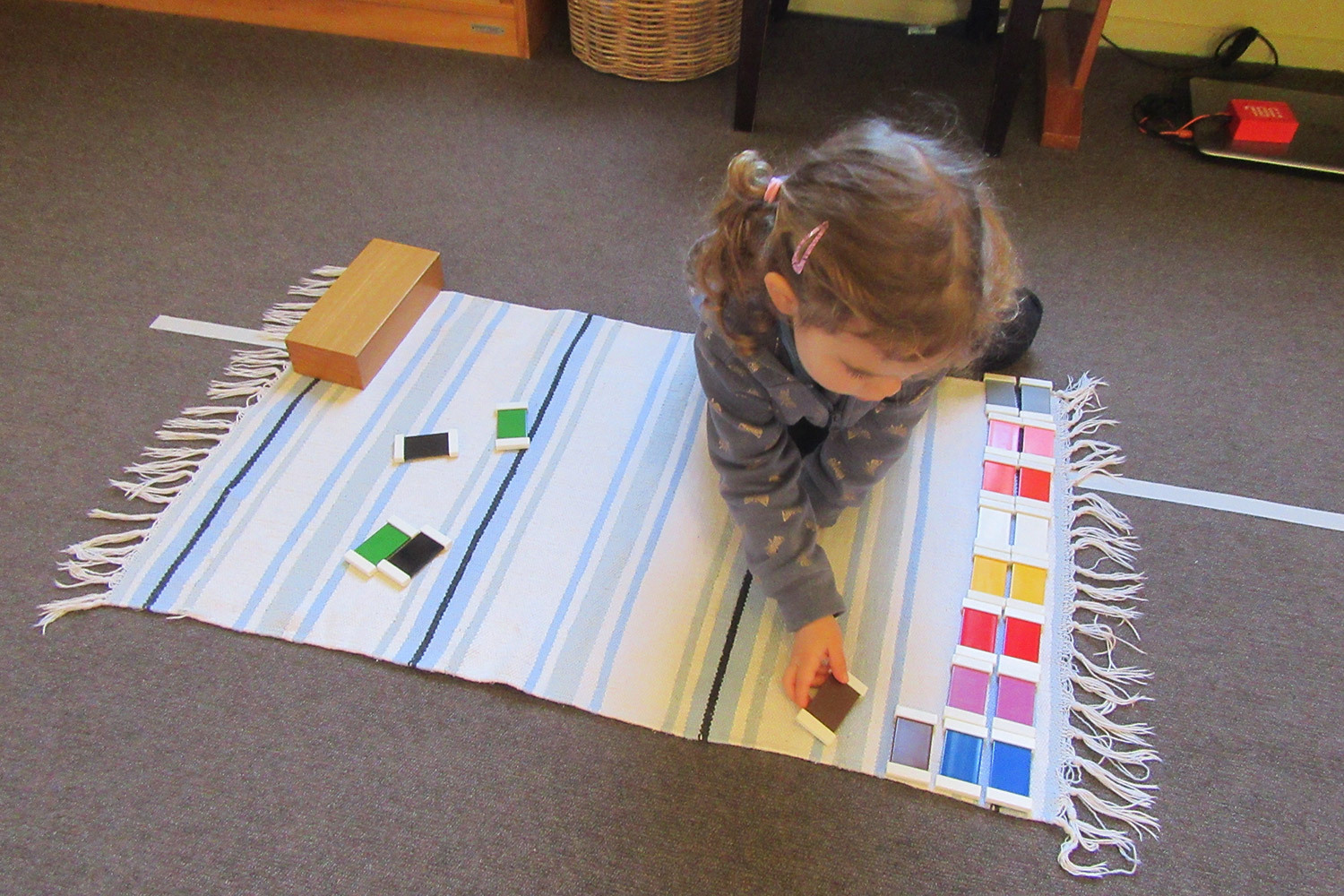
Excellence Recognised by ERO Evaluations
The most recent ERO evaluations of Titoki, which were conducted in 2019 and 2014, both judged the school as “very well placed” to promote positive learning outcomes for children. This is the best possible review that can be received and means that the ERO finds Titoki “consistently effective in promoting positive learning outcomes for children”, and is a testimony to the great teachers and environment that Titoki Montessori offers.

The Casa Classroom
The Preschool classroom (Casa), for children between the ages of three to six, is a carefully prepared environment that encourages children to learn individually, at their own pace. Your child has extraordinary powers of mind. They possess a once-in-a-lifetime ability to simply absorb information from their environment, like a sponge. Dr. Montessori called this phenomenon "the absorbent mind". We have prepared a dynamic learning environment with a wealth of concrete, manipulative learning materials that encourage the child to discover and learn through this period of their absorbent mind. Montessori teachers are trained to observe each individual child and to put them in touch with the things they are most interested in learning; the results are joy, immense satisfaction, and excitement about learning.
One of the most striking aspects of the Preschool classroom is its peacefulness. There is a deep sense of respect from the children towards others and from the teachers toward the children. Through "grace and courtesy" exercises, we teach children how to problem solve conflicts, how to act politely in varying situations, and how to be kind and helpful to their friends. The result is a cohesive community of young children.

Nurturing Leadership and Independence in a Multi-Age Classroom
The multi-age classroom allows younger children to have role models and older children opportunities for leadership. Traditional classrooms, where children are grouped according to chronological age, foster leadership in children with outgoing personalities. In the Montessori preschool classroom, even the shyest five-year-old is thrust into a leadership role because the younger children look up to them and ask for their help and assistance.
The youngest child fills their days with activities centered on "Practical Life." Here, they learn to sweep, bake, scrub, polish, and care for all things in the environment. They experiment with sensorial materials that educate their visual, auditory, and tactile senses. They play vocabulary sound games and sing and dance when children gather for group activities.

Cultivating Lifelong Learners Ready for the Next Chapter
As the child progresses in their experiences, they are introduced to sounds and symbols which lay the groundwork for reading and writing in the future. They are introduced to numbers and the decimal system - with the most amazing concrete materials to show the way. They learn about land and water forms, geometric figures, the political countries of the world; they learn about the parts of plants and animals and about music and art - at their own pace, in their own time.
It is during their third year that everything comes to fruition for the child. Reading, writing, and mathematical understanding blossom from the many seeds that were planted in the previous two years. The child leaves the program with a strong set of academic skills, but far more importantly, with the attitude that learning is fun, exciting, and boundless. They are now ready to move on to a primary setting or continue to a Montessori 6-12 program.
